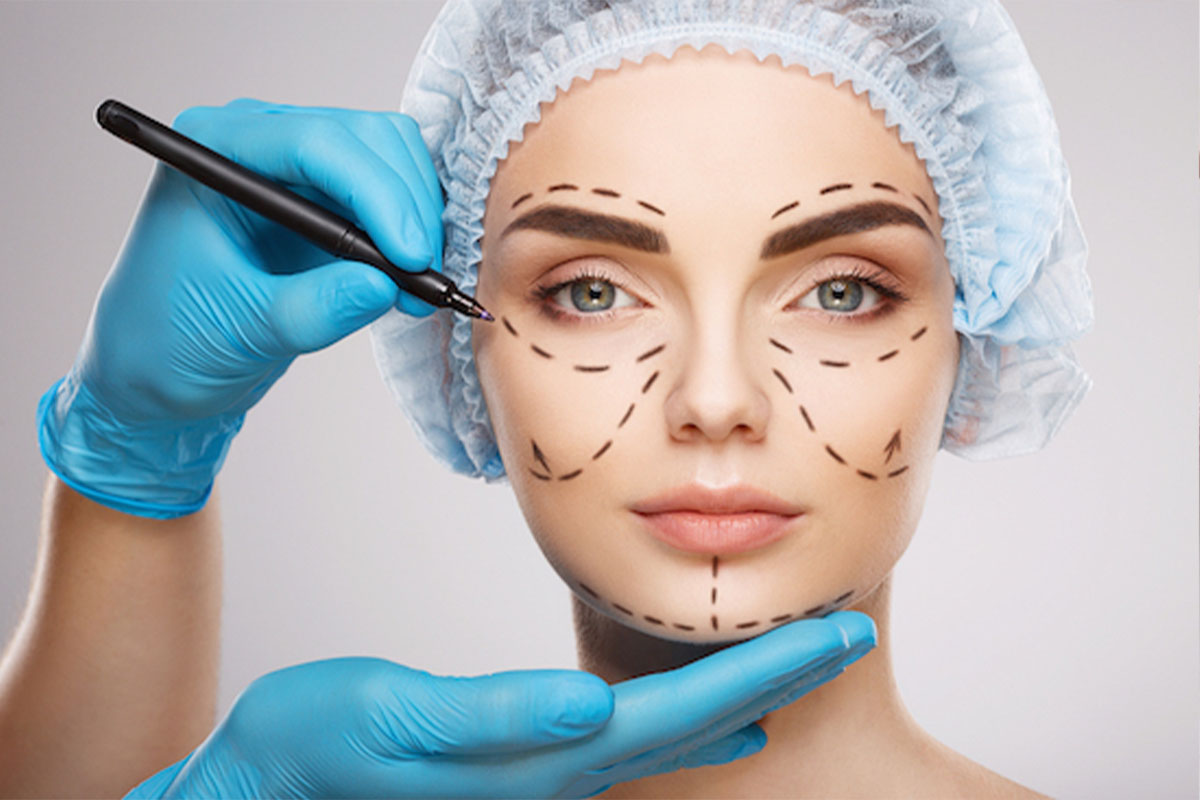The Early Beginnings of Plastic Surgery
Plastic surgery's origins can be traced back to ancient civilizations, where early forms of reconstructive procedures were performed. As early as 3000 BC, the ancient Egyptians practiced rudimentary forms of reconstructive surgery. Procedures to repair nasal injuries were documented in the Edwin Smith Papyrus, one of the oldest known medical texts.
In ancient India, around 600 BC, the surgeon Sushruta, often referred to as the "father of plastic surgery," described various surgical techniques in his work, the "Sushruta Samhita." He developed methods for reconstructing noses and earlobes, which were often mutilated as a form of punishment. These early techniques laid the foundation for modern rhinoplasty.
The Middle Ages and Renaissance
During the Middle Ages, the advancement of plastic surgery slowed due to limited medical knowledge and the dominance of religious and superstitious beliefs. However, the Renaissance period saw a resurgence in scientific curiosity and exploration, leading to significant developments in medical science.
In the 16th century, the Italian surgeon Gaspare Tagliacozzi made notable contributions to the field of plastic surgery. He is renowned for his innovative techniques in reconstructing noses and ears using autologous tissue grafts, particularly the "Italian Method," which involved using tissue from the patient's arm to reconstruct the nose. Tagliacozzi's work is considered a milestone in the history of plastic surgery.
The 19th and 20th Centuries: Pioneering Advances
The 19th century marked a period of rapid advancements in surgical techniques and anesthesia, which greatly improved the safety and success rates of plastic surgery. Surgeons like Sir Harold Gillies, known as the "father of modern plastic surgery," made groundbreaking contributions during World War I. Gillies developed new techniques to treat soldiers with severe facial injuries, laying the groundwork for modern reconstructive surgery.
The mid-20th century saw further advancements in plastic surgery, driven by the needs of soldiers returning from World War II. Surgeons like Dr. Archibald McIndoe, a pioneer in treating burn injuries, developed innovative methods to restore both function and appearance. This period also witnessed the rise of cosmetic surgery, as societal attitudes towards beauty and body image began to shift.
Modern Era: Innovations and Expansion
Today, plastic surgery encompasses a wide range of procedures, from reconstructive surgeries to cosmetic enhancements. Technological advancements have revolutionized the field, making procedures safer, less invasive, and more effective. Innovations such as minimally invasive techniques, laser surgery, and advanced imaging technologies have transformed the way plastic surgery is performed.
Reconstructive plastic surgery continues to play a crucial role in restoring function and appearance for individuals with congenital deformities, traumatic injuries, and medical conditions like cancer. Procedures such as breast reconstruction, cleft lip and palate repair, and hand surgery have profound impacts on patients' lives.
Cosmetic surgery, on the other hand, focuses on enhancing appearance and boosting self-confidence. Procedures like facelifts, rhinoplasty, liposuction, and breast augmentation are among the most popular cosmetic surgeries performed today. Advances in non-surgical treatments, such as Botox and dermal fillers, have also gained popularity for their ability to achieve aesthetic improvements with minimal downtime.
The Positive Impact of Plastic Surgery in Today's World
Plastic surgery has far-reaching positive effects on individuals and society as a whole. For individuals, reconstructive surgery can be life-changing, restoring not only physical function but also emotional well-being. Patients who undergo reconstructive procedures often experience significant improvements in their quality of life, enabling them to lead fuller, more active lives.
Cosmetic surgery, while often seen as purely aesthetic, can also have profound psychological benefits. Enhancing one's appearance can boost self-esteem, confidence, and overall happiness. For many, cosmetic surgery is a tool for self-empowerment, allowing them to feel more comfortable and confident in their skin.
Moreover, plastic surgery has contributed to advancements in other medical fields. Techniques developed for reconstructive surgery have been adapted for use in other specialties, such as orthopedics and neurosurgery. The field's emphasis on precision and innovation continues to drive progress in medical science.
Conclusion
The history of plastic surgery is a testament to human ingenuity and the relentless pursuit of improvement. From its ancient beginnings to the modern era, plastic surgery has evolved into a sophisticated field that not only restores and enhances physical appearance but also significantly improves individuals' quality of life. In today's world, the positive impacts of plastic surgery are evident in the countless lives transformed by reconstructive and cosmetic procedures. As technology and techniques continue to advance, the future of plastic surgery holds even greater promise for enhancing human health and well-being.


